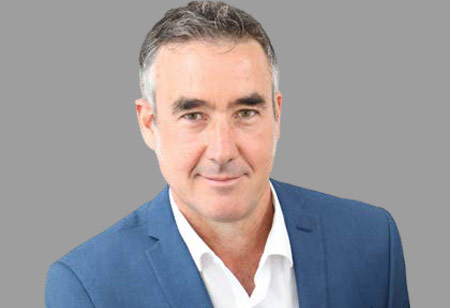

Thank you for Subscribing to Environmental Business Review Weekly Brief

Bioenergy is set to become the next big thing in the drive for a sustainable, low-carbon energy future. Companies and governments alike are driven by the global commitment to phase out coal, cut greenhouse gas (GHG) emissions, and achieve “net-zero” by 2050 to limit the impact of climate change for generations to come.
When evaluating any climate change mitigation solution, it all comes down to the input versus the output. For example, when looking at renewable energy options, a persistent question arises—when are the emissions at the stack offset by the operations? As it relates to bioenergy, power providers often want to know—when are stack emissions offset by forest growth? All wood used to produce bioenergy needs to pass a litmus test: are the carbon stocks on the forest landscape where the wood is sourced going up or staying the same over time? If stocks are stable or increasing, that means the amount of wood and carbon in that landscape are steady (i.e., growing year over year) while sustainable harvests are occurring on the same landscape.When sourced from regions where forest stocks are stable or increasing, bioenergy can reduce a power producer’s lifecycle GHG emissions by more than 85 percent compared to coal and by more than 70 percent when compared to natural gas. Some argue that wood bioenergy only has a net climate benefit after decades of the replanted trees growing back, but that is based on a narrow view that the forest carbon stocks are measured by individual stands of trees. This limited view is called stand-level accounting and it is fundamentally flawed because it doesn’t consider the fact that harvests occur across a dynamic landscape and that regrowth occurs along with individual harvests. More accurately, landscape-level accounting captures the integrated effect of all the simultaneous harvest and regrowth events occurring within a forest landscape.In today’s net-zero-focused world, we can’t wait for carbon to be captured later; we must apply reliable, effective solutions today